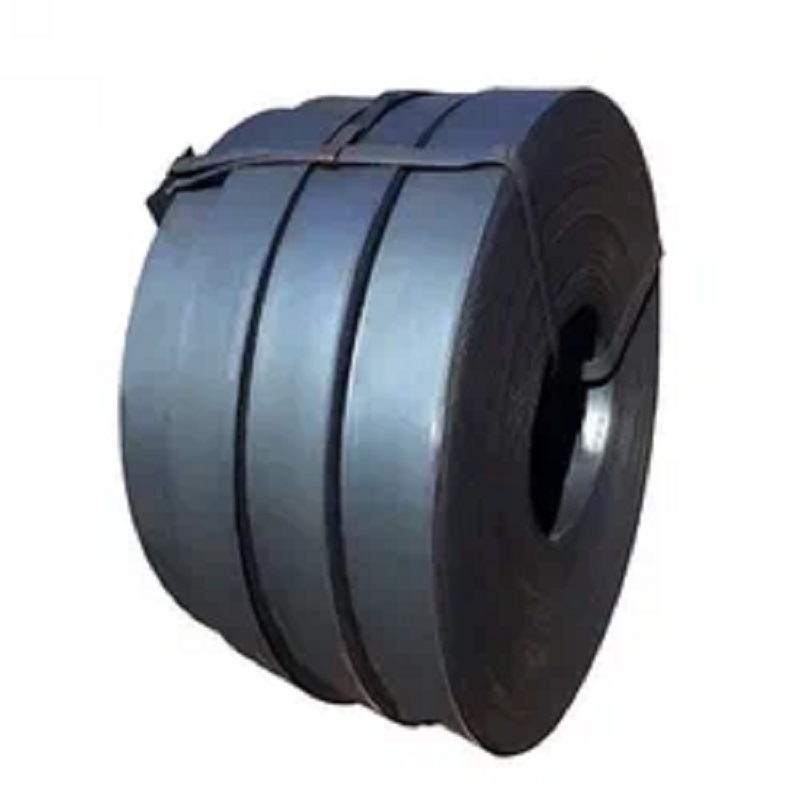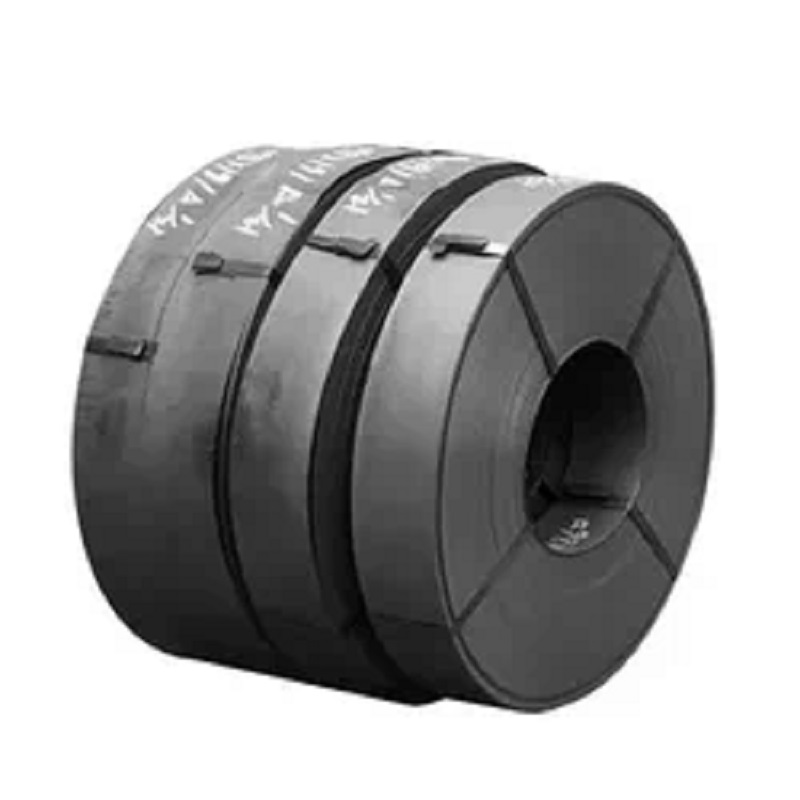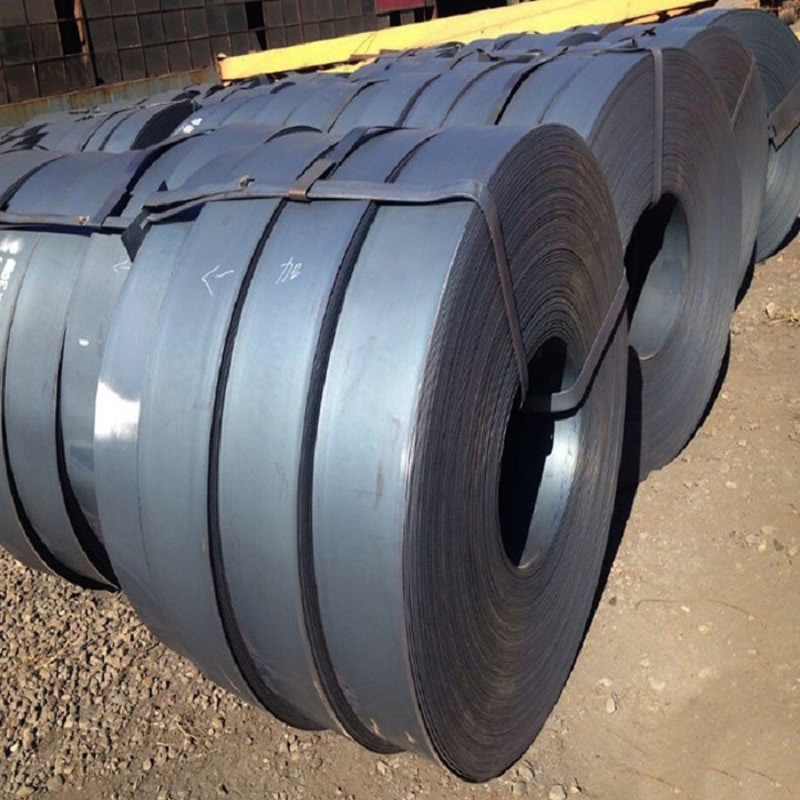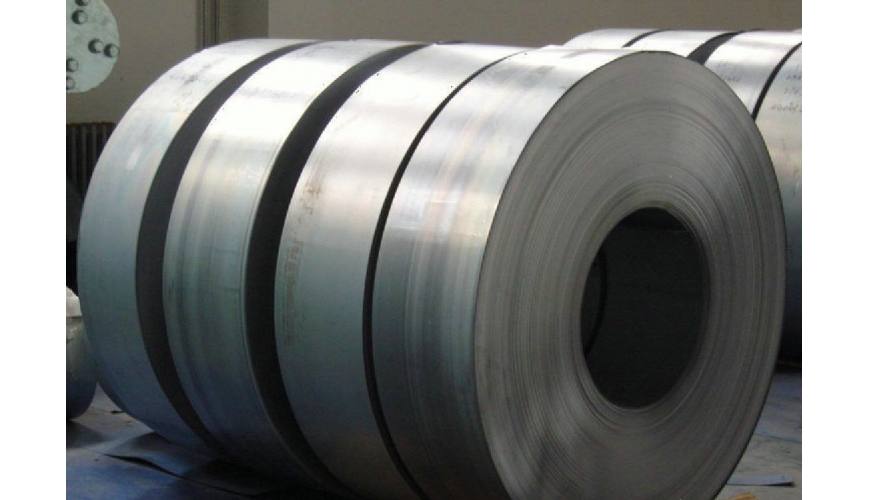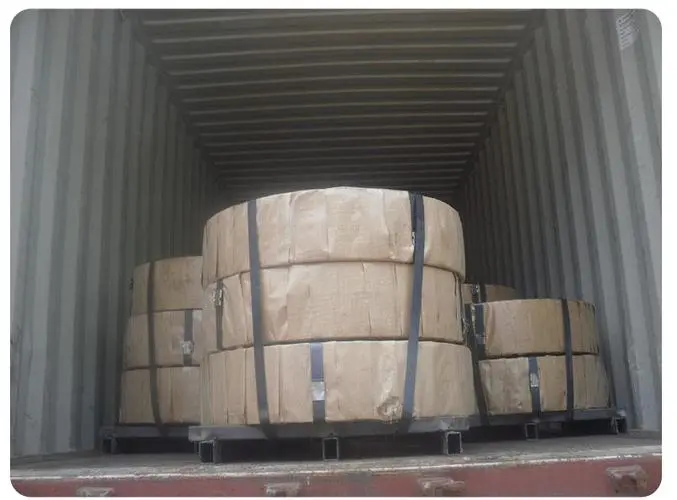Hot Rolled Steel Strip
There are four methods of the hot-rolled strip according to product width and production process: hot-rolling of wide-band steel, reversible hot-rolling of wide-band steel, hot-rolling of narrow-strip steel, and hot-rolling of a strip with a planetary rolling mill.
Strip steel materials include plain carbon steel, low alloy steel, stainless steel, and silicon steel. Mainly used as raw materials for cold-rolled strip steel, welded pipes, cold-formed and welded steel sections, or for making various components.
Description:
Hot-rolled strip generally refers to a coiled strip with a thickness of 1 to 20mm and a width of 600 to 2000mm. Hot-rolled strips can be used directly as hot-rolled steel plates, or cold-rolled strips can be supplied as blanks. It is widely used in industrial sectors such as automobiles, electrical machinery, chemicals, and shipbuilding. It is also used as a blank for cold rolling, welded pipes, and cold-formed steel production. Hot strip hot strip rolling mill is the main equipment for producing hot rolled strip steel. It has the advantages of high production efficiency, high output, and good quality.
Property & Specification:
1. Narrow and thin
2. Precise dimensions
3. Tight tolerances
Material : | Hot-rolled steel |
Length : | As customized requested. |
Width & Length Tolerance: | +/-3mm |
Skills Requirement
The technical requirements for hot-rolled strip steel mainly include four aspects, namely dimensional accuracy, plate shape, surface quality, and performance.
(1) High dimensional accuracy requirements. Dimensional accuracy is mainly thickness accuracy because it not only affects the performance and the subsequent steps of continuous automatic stamping but also is the most difficult to control in production. In addition, thickness deviation also has a great impact on saving metal.
(2) The shape of the plate should be good. The shape of the board should be flat and without any wavy curves for it to be easy to use. However, since plates and strips are both wide and thin, and are extremely sensitive to uneven deformation, it is not easy to maintain good plate shape. The thinner the plate or strip, the greater its sensitivity to uneven deformation, and the greater the difficulty in maintaining a good plate shape. The defective plate shape comes from uneven deformation, and uneven deformation often leads to uneven thickness. Therefore, the quality of the plate shape is often directly related to the thickness accuracy.
(3) The surface quality should be good. Plate and strip steel are the steel materials with the largest surface area per unit volume and are often used as peripheral components. The quality of the surface must be ensured. Surface defects not only damage the appearance of plate parts but also often destroy performance or become the source of cracks and rust, becoming a weak link where stress concentration occurs.
(4) The performance should be good. The performance requirements of plates and strips mainly include mechanical properties, process properties, and special physical or chemical properties of some steel plates. Generally, structural steel plates are only required to have good process properties, such as cold bending and welding properties, but the requirements for mechanical properties are not very strict.
Appearance Feature
(1) The surface area is large, so it has strong containment and coverage capabilities. It is widely used in the chemical industry, containers, construction, metal products, metal structures, etc.
(2) It can be cut, bent, stamped, welded, and made into various product components at will. It is flexible and convenient to use and occupies an extremely important position in the automobile, aviation, shipbuilding, and automobile manufacturing sectors.
(3) It can be bent and welded into structural parts such as steel pipes, steel pipes, large I-beams, channel steels, etc. with various complex sections, so it is called "universal steel".
Characteristics:
(1) Stripes are rolled out by flat rollers, so it is simple and easy to change product specifications, easy to adjust and operate, and easy to realize comprehensive computer control and automated production.
(2) The shape of strip steel is simple, can be produced in coils, and is used in the largest amount in the national economy, so high-speed continuous rolling production must and can be achieved.
(3) Due to the large width-to-thickness ratio and surface area, the rolling pressure in production is very high, reaching millions to tens of millions of Newtons. Therefore, the rolling mill equipment is complex and large, and the thickness, width, dimensional accuracy, and plate shape of the product are very important. The control of surface quality has also become very difficult and complex.
Packing & Delivery:

